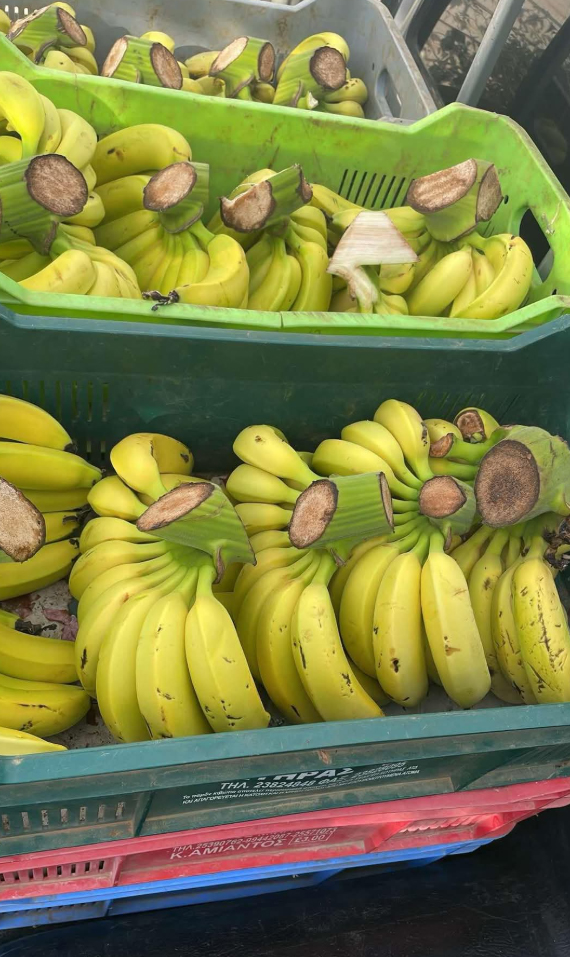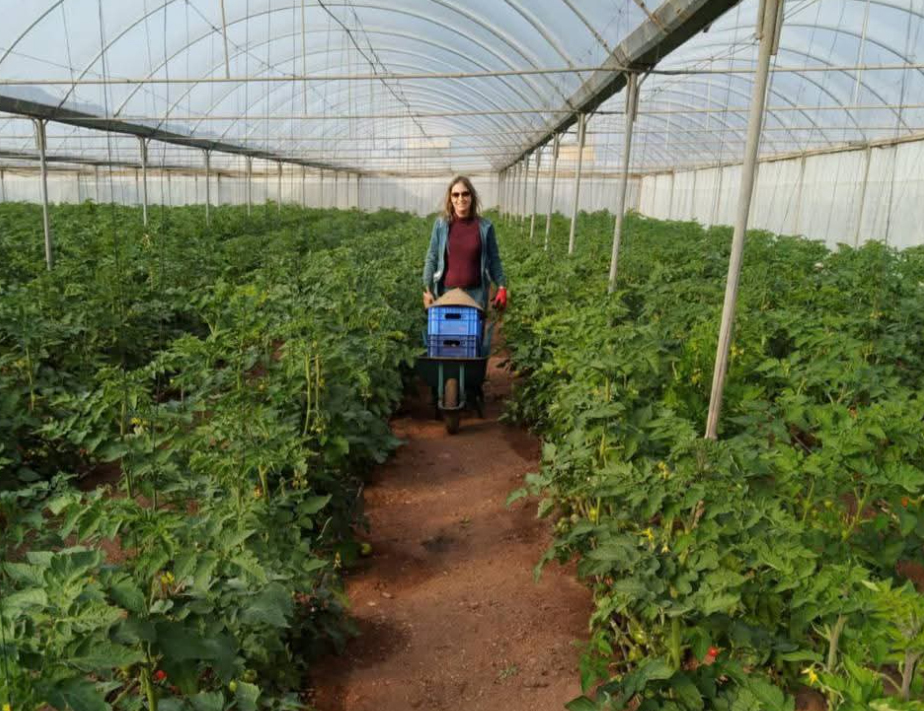Growers left without answers after Mavrokolympos draining
The reservoir has been emptied, and the farmers are worried.
Following last week’s draining after a leak at the Mavrokolympos reservoir, which served as the main water supply for the banana plantations in Kissonerga and Peyia, local farmers say they fear they won’t be provided enough water to ensure the survival of their crops.
“It’s not that we don’t have water,” Moses Peyiotis, chairman of the Paphos banana association told the Cyprus Mail. “The annual quantity is our main concern.”
Farmers are currently being supplied with water from Asprokremmos reservoir as well as drillings and from the utilisation of recycled water from the Paphos sewage system. Yet, they have not yet been told how much of the water they normally use will be available to them now that Mavrokolympos is no longer the main source, Peyiotis said.
Peyiotis, who owns plantations himself, stresses the importance of the issue, but also the need to secure drinking water supplies in the region.
“What could be done is to install [more] desalination [plants] as soon as possible.”
Banana trees require constant hydration. Although they require less water in winter, irrigation is still a pressing issue. The chairman urged that farmers need to be informed about the available supply as soon as possible to plan how to allocate the reduced amounts to their crops.
“As of now, the water department said they could provide 50 per cent of what we used to get, but that won’t be enough, we need at least 80 per cent,” Peyiotis said.
Farmer Niki, who owns two hectares of bananas and four greenhouses with her husband Theodosis, confirms the lack of communication from the authorities. “They gave us water at least for now, but I don’t know from where,” Niki told the Cyprus Mail.
The Kissonerga couple cultivates banana fields with a yield of up to 10,000kg per year. However, Niki noted that for the moment, she was also concerned about the cucumbers, tomatoes and beans they are growing in their greenhouses as those require water on a daily basis.
“The bananas are a problem later when it gets warmer, and they will need water in April or May, the real problem starts then,” she explained. “Nobody has spoken to us, this is the first time we are facing such huge problems in more than 30 years.”

Charalambos Pittokopitis, president of the Paphos district organisation (EOA) agrees, although he emphasises that the first priority was to “ensure the uninterrupted supply of drinking water to the area, the irrigation of crops is actually coming after”.
He stresses that irrigation of crops is covered by existing reserves in Asprokremmos, wells and recycled water from Paphos. However, he adds that desalination plants are needed in the area so that the water supply is not solely dependent on weather conditions.
Finally, Pittokopitis has repeated his call for the agriculture ministry to “prioritise the need to create two more dams on the Diarizos river and the Ezousa river, projects that have been under consideration since the 1990s and the delay in their implementation certainly does not burden the current minister”.
At a meeting on Monday, 250 banana growers from the Kissonerga and Peyia area announced the submission of memorandum due to worries over last week’s reservoir drawdown and dry January. Continued water problems will stop their banana crops from growing big enough to sell, they warned, calling on the government for help. The memorandum was submitted the agriculture ministry, according to the farmers a response is awaited.
Droushia deputy major Sotiris Koupparis, present at said meeting raised that the lack of water could lead to a shortage of Cypriot bananas on the market and that banana prices could rise for both wholesalers and consumers.
Banana plantations fill the landscape from Coral Bay to Ayios Georgios in the Paphos area of the island, and, according to Peyiotis, produce around 10 million kilos of fruits per year. Around 500,000kgs are exported to Greece.







Click here to change your cookie preferences